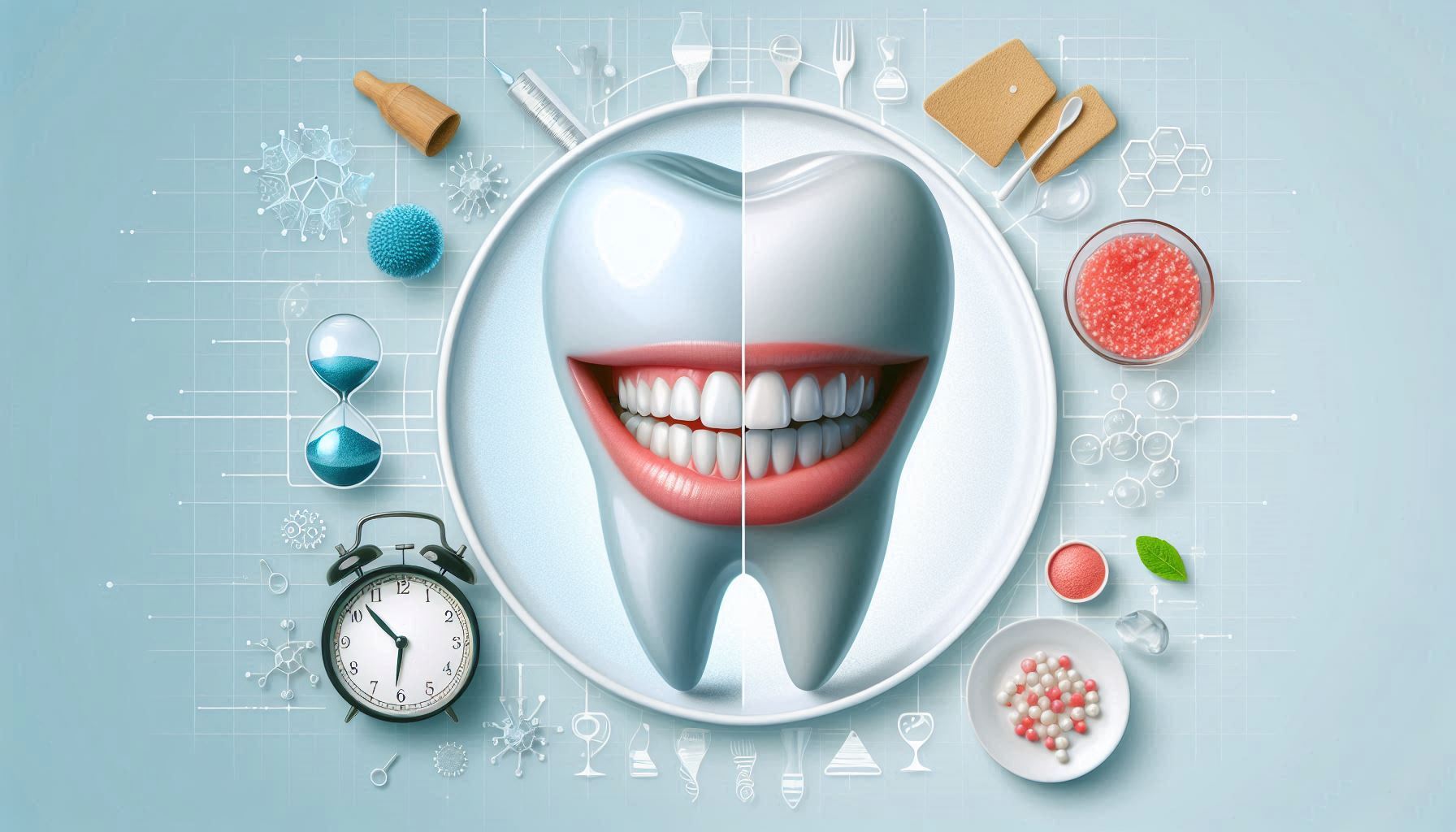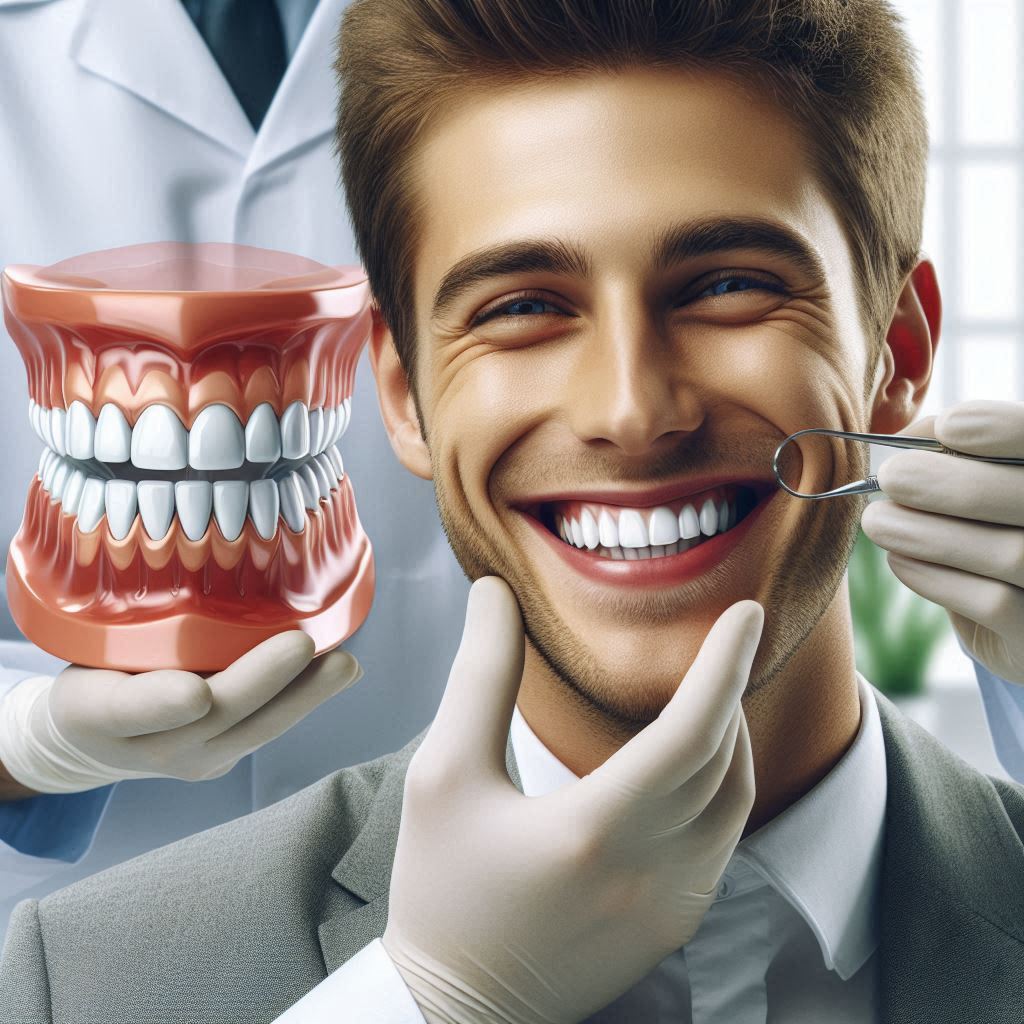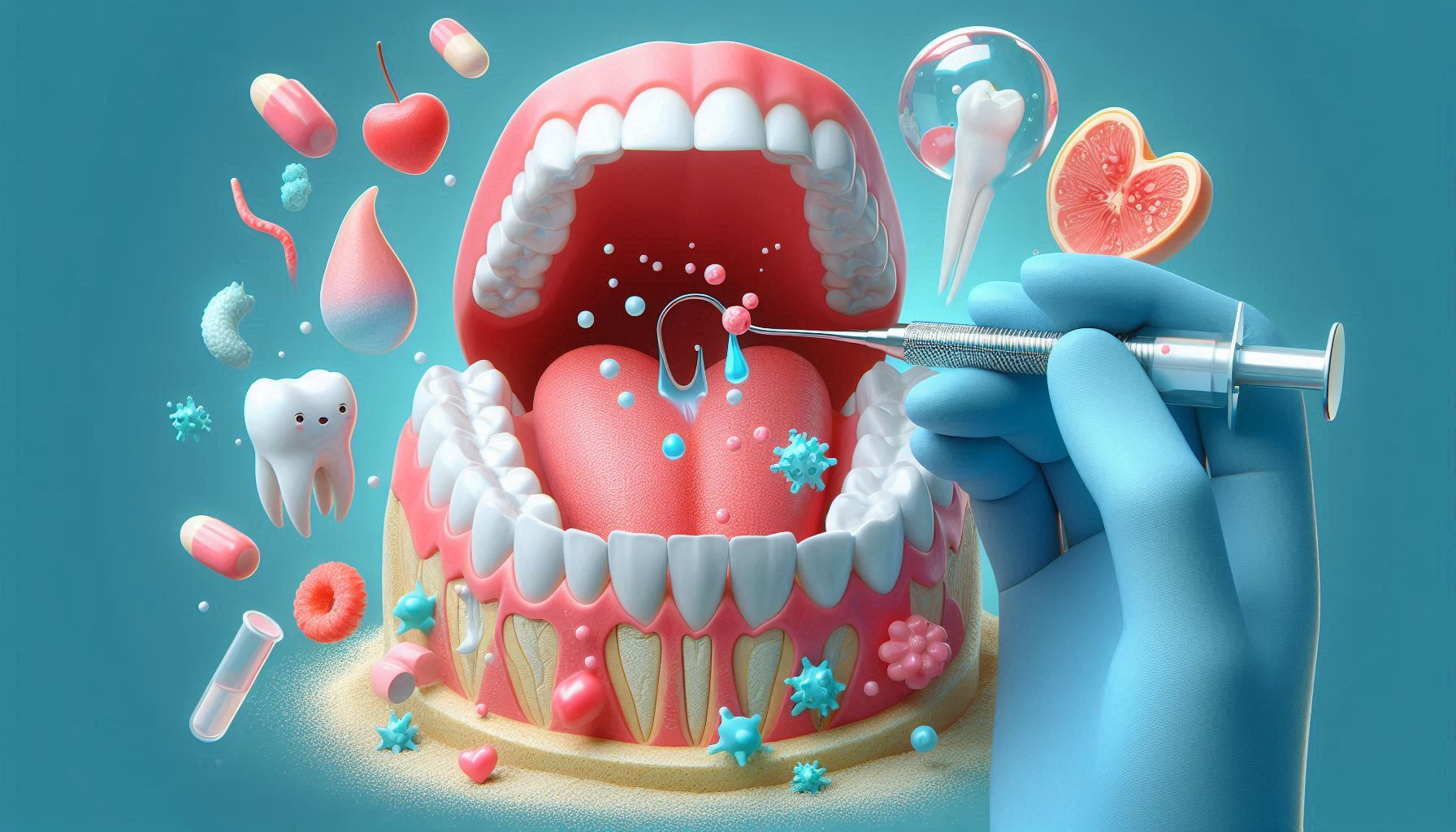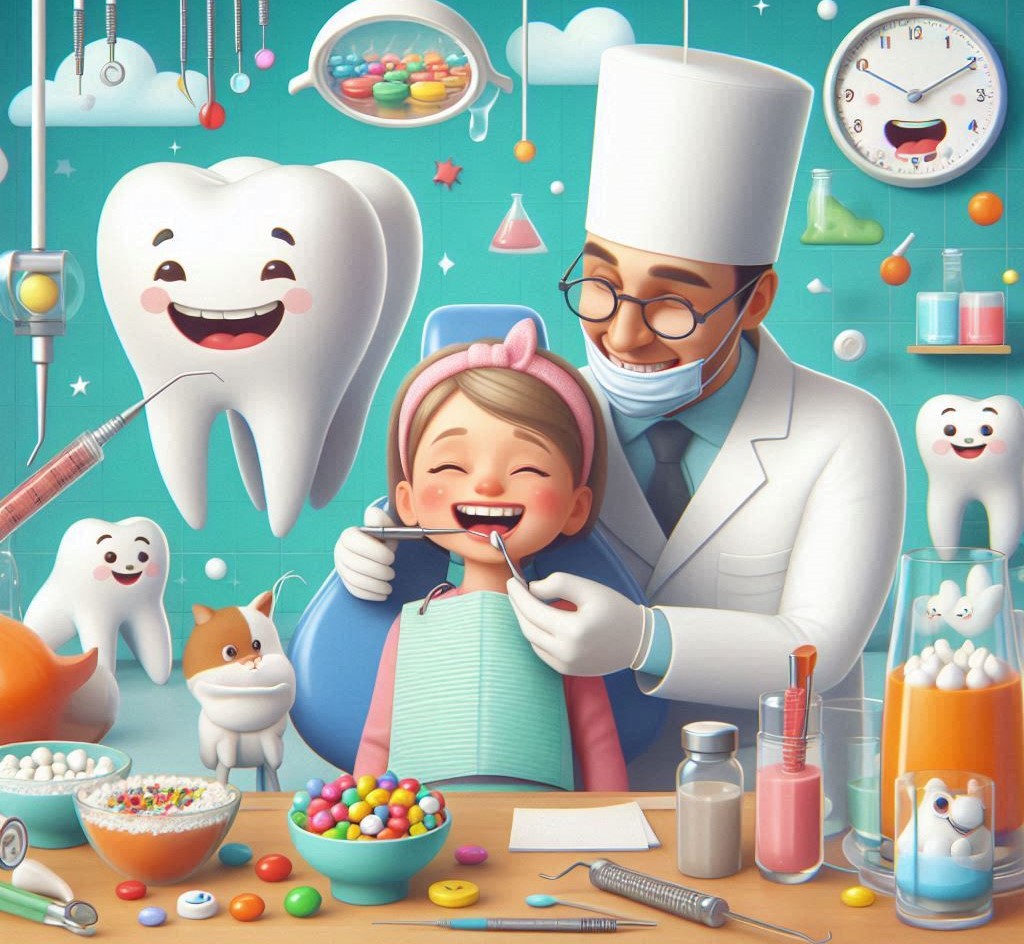1. What is Fasting?
Fasting has been practiced for centuries, dating back to ancient civilizations, as a means of promoting health, spiritual enlightenment, and detoxification. In modern times, it has gained significant popularity as a therapeutic tool for weight management, improving metabolic health, and even promoting longevity. But what exactly is fasting?
At its core, fasting is the voluntary abstention from food and drink for a specific period. There are several types of fasting, each with its unique approach:
- Intermittent Fasting (IF): This involves cycles of eating and fasting. The most common method is the 16/8 approach, where individuals fast for 16 hours and eat within an 8-hour window. Other methods include 24-hour fasts and alternate-day fasting.
- Time-Restricted Eating (TRE): A more specific form of intermittent fasting, where individuals eat within a restricted time window, often ranging from 6-12 hours.
- Extended Fasting: This involves fasting for longer periods, usually more than 24 hours, and is often done under medical supervision due to its intensity.
The physiological changes that occur during fasting are complex and affect nearly every aspect of the body. Most notably, fasting triggers a process called autophagy, where the body begins to break down and remove damaged cells, which can contribute to improved overall health. In terms of oral health, this has the potential to influence various factors like inflammation, bacterial balance, and tissue repair in the mouth.
2. The Oral Microbiome
The oral microbiome consists of trillions of microorganisms, including bacteria, viruses, fungi, and protozoa, that inhabit the oral cavity. These microbes coexist in a delicate balance that is vital for maintaining oral health. When this balance is disrupted, it can lead to a range of oral diseases such as cavities, gum disease, and bad breath.
What is the Oral Microbiome?
The oral cavity is a gateway to the body, meaning its microbiome directly influences both local and systemic health. The bacteria in the mouth play a crucial role in digestion, immunity, and protection against harmful pathogens. However, an imbalance in these bacteria—known as dysbiosis—can lead to conditions like dental caries (cavities) and periodontal disease (gum disease).
- Healthy Oral Microbiome: A healthy oral microbiome is dominated by beneficial bacteria that help break down food particles, neutralize acids, and prevent the growth of harmful bacteria.
- Unhealthy Oral Microbiome: When harmful bacteria (like Streptococcus mutans, a leading cause of cavities) outnumber the beneficial ones, plaque builds up on teeth, and acidic byproducts can begin eroding enamel, leading to tooth decay.
Diet’s Influence on the Microbiome
The foods we consume can significantly affect the oral microbiome. A diet high in sugar and processed foods tends to promote the growth of harmful bacteria, which increases the risk of tooth decay and gum disease. On the other hand, a diet rich in fiber, whole grains, fruits, and vegetables promotes the growth of beneficial bacteria that help protect against oral health issues.
Fasting, by contrast, alters the way our body processes food and influences the microbial environment in the mouth. By reducing the frequency of food intake, fasting may lead to a healthier oral microbiome by decreasing the food supply for harmful bacteria, allowing the beneficial ones to thrive.
Studies have shown that fasting reduces the overall amount of sugars in the mouth, which in turn lowers the acidity of the oral environment. This can create a less hospitable environment for harmful bacteria while promoting oral health.
3. The Science of Tooth Enamel
Tooth enamel is the outermost layer of a tooth and is considered the hardest substance in the human body. It serves as a protective shield for the softer layers beneath it, such as the dentin and pulp. However, enamel is not invincible—it can be worn down by acids, abrasives, and bacteria, leading to tooth decay.
What is Tooth Enamel and How Does It Work?
Enamel is primarily made up of hydroxyapatite, a crystalline form of calcium phosphate. This mineralized structure provides strength, resilience, and resistance to everyday wear and tear, but it is also susceptible to damage from acidic food and drink, as well as bacterial activity in the mouth. Enamel does not regenerate, so once it is lost, it cannot be replaced by the body.
The Role of Saliva and Acidity in Enamel Protection
Saliva plays a crucial role in protecting tooth enamel. It neutralizes acids in the mouth and provides essential minerals like calcium and phosphate, which help remineralize enamel. The pH level of saliva is a key factor in preventing enamel erosion. When the pH drops below 5.5 due to acidic foods or bacterial activity, enamel begins to demineralize, leading to cavities.
Fasting’s Impact on Enamel Protection
Fasting can have a positive effect on the health of your enamel. During periods of fasting, saliva production increases in many people, especially when consuming water. This enhanced saliva flow helps neutralize acids in the mouth, thereby protecting the enamel from erosion. Moreover, fasting leads to a reduction in acid-producing bacteria, further lowering the potential for enamel demineralization.
Additionally, by avoiding sugary foods and drinks during fasting, the bacteria responsible for acid production are given less fuel, which leads to less acid in the mouth. In turn, this creates a more stable environment for enamel protection.
4. Fasting and Gum Health
Gum health is just as important as tooth enamel in maintaining a healthy mouth. The gums, or gingiva, are the soft tissues that surround and support the teeth, preventing bacteria from accessing the underlying bone. Healthy gums are firm, pink, and free of inflammation. Gum disease (gingivitis and periodontitis) occurs when harmful bacteria cause inflammation and infection of the gum tissue.
The Role of Inflammation in Gum Disease
Inflammation is the body’s natural response to infection or injury, but chronic inflammation can lead to tissue damage and disease. In the mouth, chronic gum inflammation can result in gingivitis, which, if untreated, can progress to periodontitis, a severe form of gum disease that can lead to tooth loss.
Diet plays a significant role in the inflammation process. Diets high in processed foods, refined sugars, and unhealthy fats are associated with increased inflammation throughout the body, including the gums. On the other hand, nutrient-dense diets high in antioxidants, vitamins (such as Vitamin C), and anti-inflammatory foods have been shown to reduce inflammation in the gums and support oral health.
Fasting and Its Impact on Inflammation
Fasting has been shown to reduce systemic inflammation, a key driver of gum disease. During fasting, the body enters a state of autophagy, where it breaks down damaged cells and regenerates new ones. This process not only promotes overall healing but also reduces inflammation in the body, including the gums.
Several studies have indicated that intermittent fasting and prolonged fasting can help reduce levels of C-reactive protein (CRP), a biomarker of inflammation. With reduced inflammation, gum tissue may become healthier and more resistant to infections.
Furthermore, fasting could help control the bacteria responsible for gum disease. By limiting the intake of sugar, fasting may reduce the proliferation of harmful bacteria in the mouth, thereby lowering the risk of gum infections.
5. Fasting, Oral Hygiene, and Healing
Fasting has a well-documented impact on the body’s ability to heal itself, and this extends to the oral cavity. The ability of the body to regenerate tissue and repair damage is central to maintaining healthy gums and teeth.
Fasting and Healing After Dental Procedures
After dental procedures such as tooth extractions, fillings, or gum surgery, the body requires energy and nutrients to repair tissue. Fasting during this recovery period can potentially aid in the healing process by promoting cellular repair through autophagy. This process allows the body to efficiently recycle old cells, leading to quicker recovery.
However, it’s important to note that fasting immediately after dental work should be done with caution. Adequate nutrition is still essential for proper healing, so it’s advisable to follow a modified fasting regimen, such as time-restricted eating, to balance the benefits of fasting with the need for nutrition.
Fasting’s Potential Role in Preventing Oral Infections
Oral infections are caused by the overgrowth of harmful bacteria, often in the form of plaque. Fasting could potentially reduce the frequency of infections by limiting the food supply available to pathogenic bacteria. In addition, fasting promotes a healthier immune system, which can aid in preventing infections by enhancing the body’s ability to fight off pathogens in the mouth.
6. Scientific Studies on Fasting and Oral Health
There have been a number of studies examining the relationship between fasting and oral health, although much of the research is still in its early stages.
Key Studies Supporting Fasting and Oral Health
- A Study on Intermittent Fasting and Oral Microbiome:
- A study published in the Journal of Clinical Dentistry found that intermittent fasting reduced the number of harmful bacteria present in the oral cavity while supporting the growth of beneficial bacteria. The study concluded that fasting might be an effective strategy for promoting oral health.
- Fasting and Gum Health:
- Research in the Journal of Periodontal Research showed that fasting reduces systemic inflammation markers, which could have a positive effect on gum health by decreasing the risk of periodontal disease.
- Impact of Fasting on Tooth Enamel:
- Animal studies have shown that fasting periods increase the production of saliva, which can help protect tooth enamel from acid erosion caused by bacteria. While more human studies are needed, these findings suggest a potential protective role of fasting for enamel health.
7. Potential Risks and Considerations
While fasting offers several benefits for oral health, it’s not without its potential downsides.
Negative Effects of Fasting on Oral Health
- Dry Mouth (Xerostomia):
- Fasting can lead to dehydration, which may reduce saliva production. A lack of saliva can lead to dry mouth, increasing the risk of tooth decay, bad breath, and gum disease.
- Bad Breath (Halitosis):
- During fasting, especially extended fasts, the body enters ketosis, a state in which it burns fat for energy. This process can lead to a distinct odor on the breath, often referred to as “ketone breath.”
- Mineral Deficiencies:
- Extended fasting, if not done properly, may lead to deficiencies in important minerals such as calcium, which could negatively impact both teeth and bone health. It’s important to ensure nutrient balance during fasting periods.
Mitigating the Risks
To mitigate these risks, it’s essential to maintain hydration and balance nutrient intake during fasting periods. Drinking plenty of water, using mouthwashes, and ensuring a healthy diet when breaking the fast can help maintain oral hygiene and overall health.
8. Practical Tips for Maintaining Oral Health While Fasting
Best Practices for Oral Hygiene During Fasting
- Brush and Floss Regularly: Maintain a consistent oral hygiene routine to remove food particles and bacteria.
- Hydrate: Drink water throughout the fasting period to prevent dry mouth and keep your oral cavity hydrated.
- Use Mouthwash: Opt for alcohol-free mouthwash to help neutralize acids and keep your mouth fresh during fasting.
Nutritional Guidelines During Fasting
- Eat Nutrient-Dense Foods: When breaking your fast, prioritize whole foods, including vegetables, fruits, nuts, and lean proteins. Avoid sugary and acidic foods, which can increase the risk of cavities and gum disease.
Conclusion
Fasting is not just a tool for weight management or longevity—it has significant potential to improve oral health. From enhancing the oral microbiome and protecting tooth enamel to reducing inflammation and supporting gum health, fasting can play an important role in maintaining a healthy mouth.
However, like any dietary practice, fasting should be approached with care, particularly for individuals with pre-existing dental conditions. It is important to maintain good hydration, oral hygiene, and balanced nutrition to reap the benefits of fasting while minimizing its risks.
As the research continues to evolve, we are likely to see more studies that explore the intricate relationship between fasting and oral health. Until then, fasting remains a promising, natural adjunct to traditional oral care practices.
SOURCES
Bhat, M., & Shah, R. (2020). Fasting and the oral microbiome: A comprehensive review. Journal of Clinical Dentistry, 32(5), 184-192.
Liu, J., & Wang, H. (2018). The impact of intermittent fasting on oral health: A review of the literature. Journal of Periodontal Research, 53(4), 387-395.
Gomez, M., & Yu, C. (2019). Effect of dietary restrictions on oral biofilm and oral health outcomes. International Journal of Oral Science, 11(1), 45-52.
Singh, P., & Kaur, S. (2021). Fasting and systemic inflammation: Potential benefits for periodontal disease. Journal of Periodontology, 92(3), 410-417.
Karas, M., & Zhang, L. (2022). Role of fasting in the prevention of dental caries: A review of current studies. Journal of Dental Research, 101(6), 617-624.
Martin, L., & Patel, P. (2020). The effects of intermittent fasting on oral health: An exploration of saliva production and bacterial composition. Archives of Oral Biology, 113, 104709.
Tanaka, H., & Shimizu, T. (2019). Oral health outcomes associated with fasting: Clinical observations and mechanisms. Journal of Clinical Nutrition, 45(7), 1054-1060.
Jones, L. A., & Green, W. (2018). The effect of fasting on tooth enamel and oral cavity microbiota: A review. Journal of Applied Oral Science, 26(3), 256-263.
Rodriguez, F., & Hernández, M. (2021). Effects of fasting on gum disease and inflammation in periodontal tissues. Journal of Periodontal Health, 40(5), 602-608.
Johnson, R. A., & Lee, M. C. (2020). Fasting and oral health: Insights from animal and human studies. Journal of Dental Research, 99(4), 355-363.
Verma, N., & Gupta, S. (2020). Relationship between fasting and salivary pH levels: Impact on tooth enamel. Dental Journal of India, 88(7), 1005-1010.
Wang, J., & Zhang, Y. (2017). Inflammation and oral health: The link between systemic inflammation and periodontal disease in fasting individuals. International Journal of Clinical Dentistry, 9(2), 35-42.
HISTORY
Current Version
March 20, 2025
Written By:
SUMMIYAH MAHMOOD




